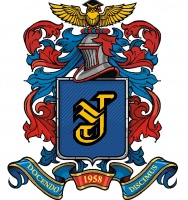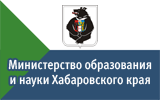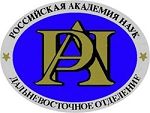Дальневосточный математический журнал
Структура существенного спектра и дискретный спектр оператора энергии пятиэлектронных систем в модели Хаббарда. Четвертое квартетное состояние |
Ташпулатов С. М. |
2023, выпуск 1, С. 112-133 DOI: https://doi.org/10.47910/FEMJ202310 |
Аннотация |
| Рассматривается оператор энергии пятиэлектронных систем в модели Хаббарда, исследуется структура существенного спектра и дискретный спектр системы в четвертом квартетном состоянии системы. Показано, что существенный спектр системы в четвертом квартетном состоянии является объединением не более чем семи отрезков, а дискретный спектр состоит из не более чем одной точки. |
Ключевые слова: пятиэлектронная система, модель Хаббарда, квартетное состояние, дублетное состояние, секстетное состояние, существенный спектр, дискретный спектр. |
Полный текст статьи (файл PDF) |
Библиографический список |
| [1] J. Hubbard, “Electron Correlations in Narrow Energy Bands”, Proc. Roy. Soc. A., 276, (1963), 238–257. [2] M. C. Gutzwiller, “Effect of correlation on the ferromagnetism of transition metals”, Phys. Rev. Lett., 10, (1963), 159–162. [3] J. Kanamori, “Electron correlation and ferromagnetism of transition metals”, Prog. Theor. Phys., 30, (1963), 275–289. [4] P.W. Anderson, “Localized Magnetic States in Metals”, Phys. Rev., 124, (1961), 41–53. [5] S. P. Shubin, S. V. Wonsowsky, “On the electron theory of metals”, Proc. Roy. Soc. A., 145, (1934), 159–180. [6] U. A. Izyumov, Yu. N. Skryabin, Statistical Mechanics of Magnetically Ordered Systems, 4, Nauka, M., 1987. [7] B. V. Karpenko, V. V. Dyakin, G. L. Budrina, “Two electrons in the Hubbard Model”, Phys. Met. Metallogr., 61, (1986), 702–706. [8] E. Lieb, “Two theorems on the Hubbard model”, Phys. Rev. Lett., 62, (1989), 1201–1204. [9] D. Mattis, “The few-body problems on a lattice”, Rev. Mod. Phys., 58, (1986), 370–379. [10] A. M. Tsvelick, P. B. Wiegman, “Exact results in the theory of magnetic alloys”, Adv. Phys., 32, (1983), 453–713. [11] S. M. Tashpulatov, “Spectral properties of three-electron systems in the Hubbard Model”, Theoretical and Mathematical Physics, 179:3, (2014), 712–728. [12] S. M. Tashpulatov, “Spectra of the energy operator of four-electron systems in the triplet state in the Hubbard Model”, Journal of Physics: Conference Series, 697, (2016), 012025. [13] S. M. Tashpulatov, “The structure of essential spectra and discrete spectrum of four-electron systems in the Hubbard model in a singlet state”, Lobachevskii Journal of Mathematics, 38:3, (2017), 530–541. [14] M. Reed, B. Simon, Methods of Modern Mathetical Physics, 1: Functional Analysis, Acad. Press, New York, 1978. [15] M. A. Naimark, Normed Rings, Nauka, Moscow, 1968. [16] V. V. Val’kov, S. G. Ovchinnikov, O. P. Petrakovskii, “The excitation spectra of two-magnon systems in easy-axis quasidimensional ferromagnets”, Sov. Phys. Solid State., 30, (1988), 3044–3047. [17] T. Ichinose, “Spectral properties of tensor products of linear operators, 1”, Trans. Am. Math. Soc., 235, (1978), 75–113. [18] T. Ichinose, “Spectral properties of tensor products of linear operators, 2: The approximate point spectrum and Kato essential spectrum”, Trans. Am. Math. Soc., 237, (1978), 223–254. [19] T. Ichinose, Tensor products of linear operators. Spectral Theory, v. 8, Banach Center Publ. PWN-Polish Scientific Publishers, Warsaw, 1982, 294–300. |






